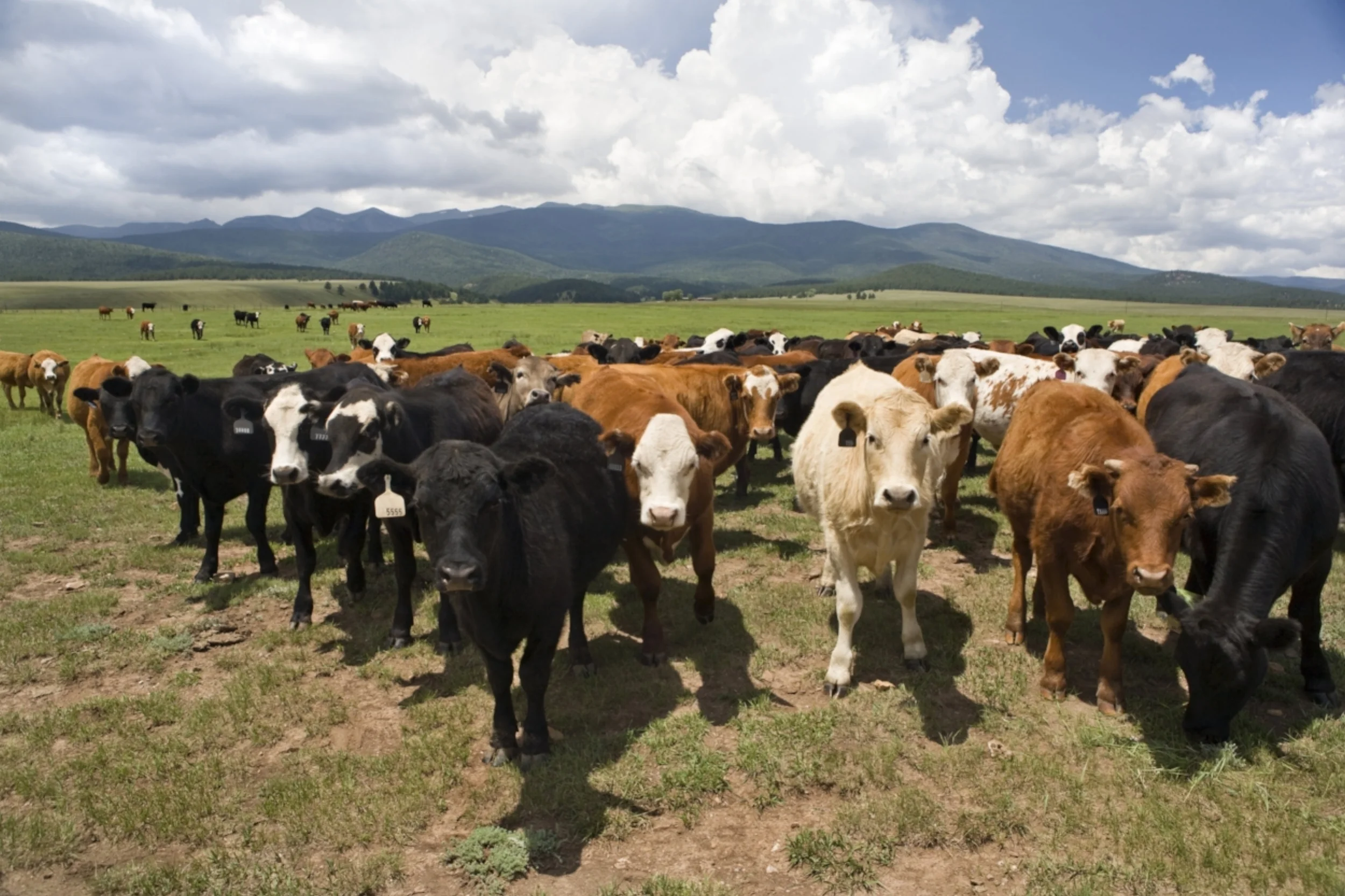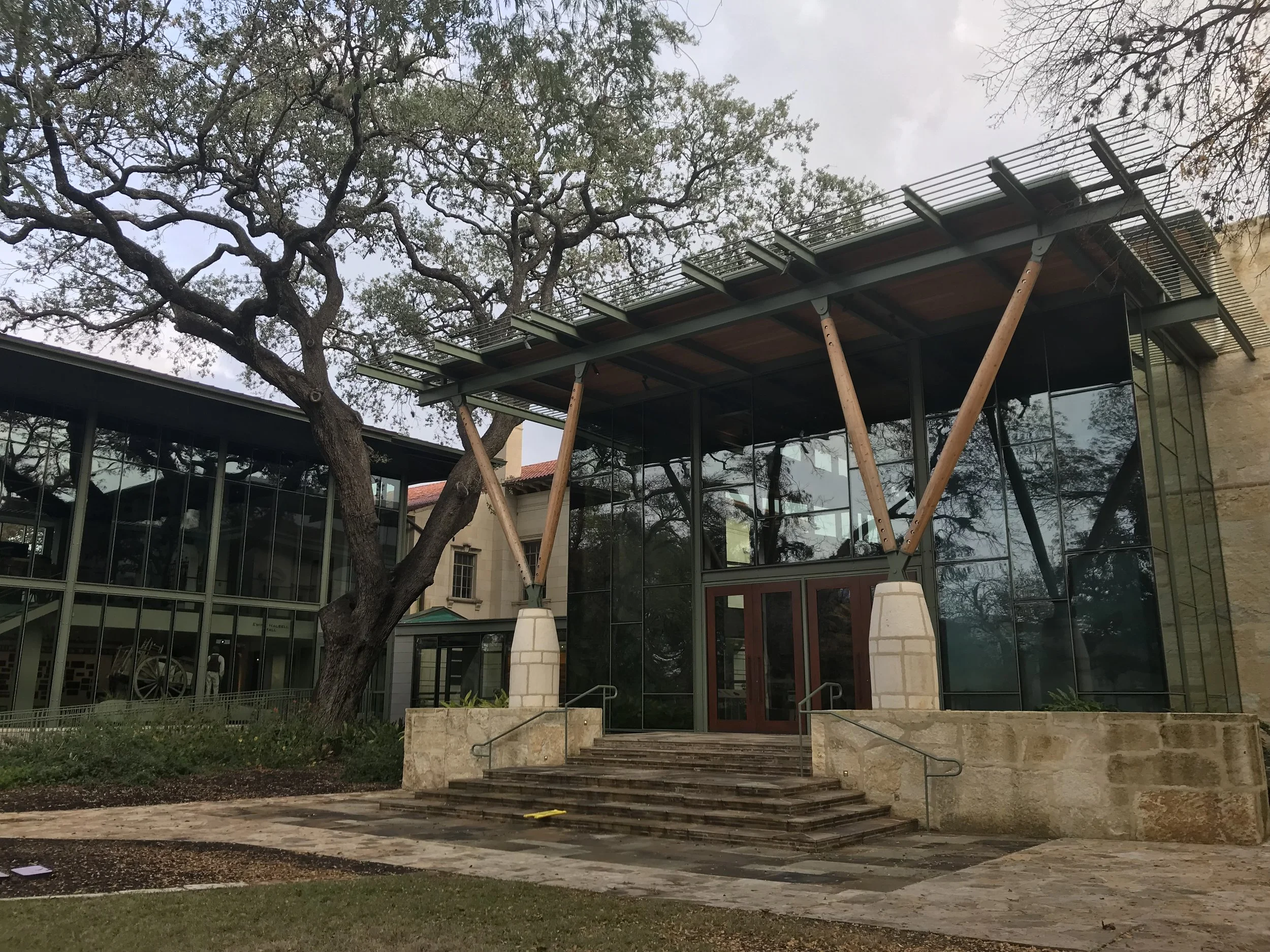As the average age of working landowners increases and younger generations increasingly choose jobs and lives in more urban or populated areas, the rural landscape is changing. And just as often as these changes present challenges, they present opportunities. While in Maine this spring, we visited two working farms that have addressed these types of challenges with creativity, making each challenge an opportunity to build community and connection around working lands: Wolfe’s Neck in Freeport and Aldermere Farm in Rockport.
ORGANIC DAIRY TOUR
As part of the Grassfed Exchange conference in Santa Rosa, California, we had the fortunate opportunity to learn more about the business of dairies that graze cattle in pasture and sell organic milk while touring two family-owned dairies, McClelland Dairy and Beretta Dairy.
CELL GRAZING RULES OF THUMB
Late last year, the folks with Ranching for Profit , Western Sustainability Exchange, and Crazy Mountain Stockgrowers Association hosted an informational session on ranch profitability and cell grazing. At this interesting events, we picked up a handful of “rules of thumb” worth sharing.
CATTLE DRIVE FUNDRAISER UNDERWAY
For the second year, the Montana Stockgrowers Association (MSGA) and Montana Stockgrowers Foundation (MSF) are holding their “Cattle Drive” feeder calf program, which raises funds for MSF. The program allows folks to contribute toward the efforts of MSF beyond the more traditional cash donations.
SYSTEMS APPROACH TO LAND AND CATTLE
At the recent Western Landowners Alliance Land & Livelihoods conference in Billings, Montana, Burke Teichert shared his thoughts and insights on what he calls the Systems Approach to land and cattle. The rules of thumb and short lists provided by Teichert distill a complex subject and complicated processes down to tangible action items and measurable indicators of performance. All of Teichert’s tools and rules really speak to the larger topic of profitable decision making.
SOUTH TEXAS HERITAGE AT THE WITTE MUSEUM
Did you know that for nearly a century, San Antonio was the largest city on the western frontier? Or that Texas is the only state to have farm to market roads? Our recent visit to the Witte Museum's Robert J. and Helen C. Kleberg South Texas Heritage Center immersed us in the culture and history of ranching in South Texas.
SHIPPING DAY AT LONETREE LAND AND LIVESTOCK
LAND STEWARDSHIP IN SOUTH TEXAS
CENTRAL IDAHO RANGELANDS NETWORK
As part of their devotion to "the inextricable link between the public lands surrounding our private working lands", the Lemhi Land Trust joined forces with The Nature Conservancy and Pioneer Mountain Group to create the Central Idaho Rangelands Network to encourage collaboration and rangeland monitoring across a large landscape with diverse public and private ownership in Central Idaho.
RANCHERS DISCUSS COLLABORATIVE APPROACH TO ADAPTING TO CHANGE
CHISHOLM TRAIL HERITAGE
This year marks the 150th anniversary of the Chisholm Trail, the most famous cow path in history. In the late 1800s, approximately five million head of cattle were trailed from Texas right through Bell County, where our founder and leader Kelly Beevers grew up, to railheads in Kansas.
We work to preserve and utilize the distinctiveness of place in large part to honor and integrate heritage. In doing so we connect people and strengthen our communities. Though we are based in Montana, work largely in the Northern Rockies, and focus our efforts in the American West, Kelly's roots reach down to Central Texas.
RANGELAND MANAGEMENT STRATEGIES
Data from rangeland studies in both Oregon and New Mexico supports grazing as a strategy to promote ecological resiliency. Grazing can be used to manage and promote perennial grasses. In a study focusing on The Great Basin area, researchers found that the fuel moisture of un-grazed rangeland was 21% whereas the same fuel moisture of properly grazed rangeland was over double that at 46%.
THE TOOL OF ADAPTIVE GRAZING
Because the ways in which land is managed affects the future ability to utilize the land, there's a case to be made to consider adaptive management today to best plan for tomorrow. By definition adaptive management is simply the systematic approach for improving resource management by learning from management outcomes.















